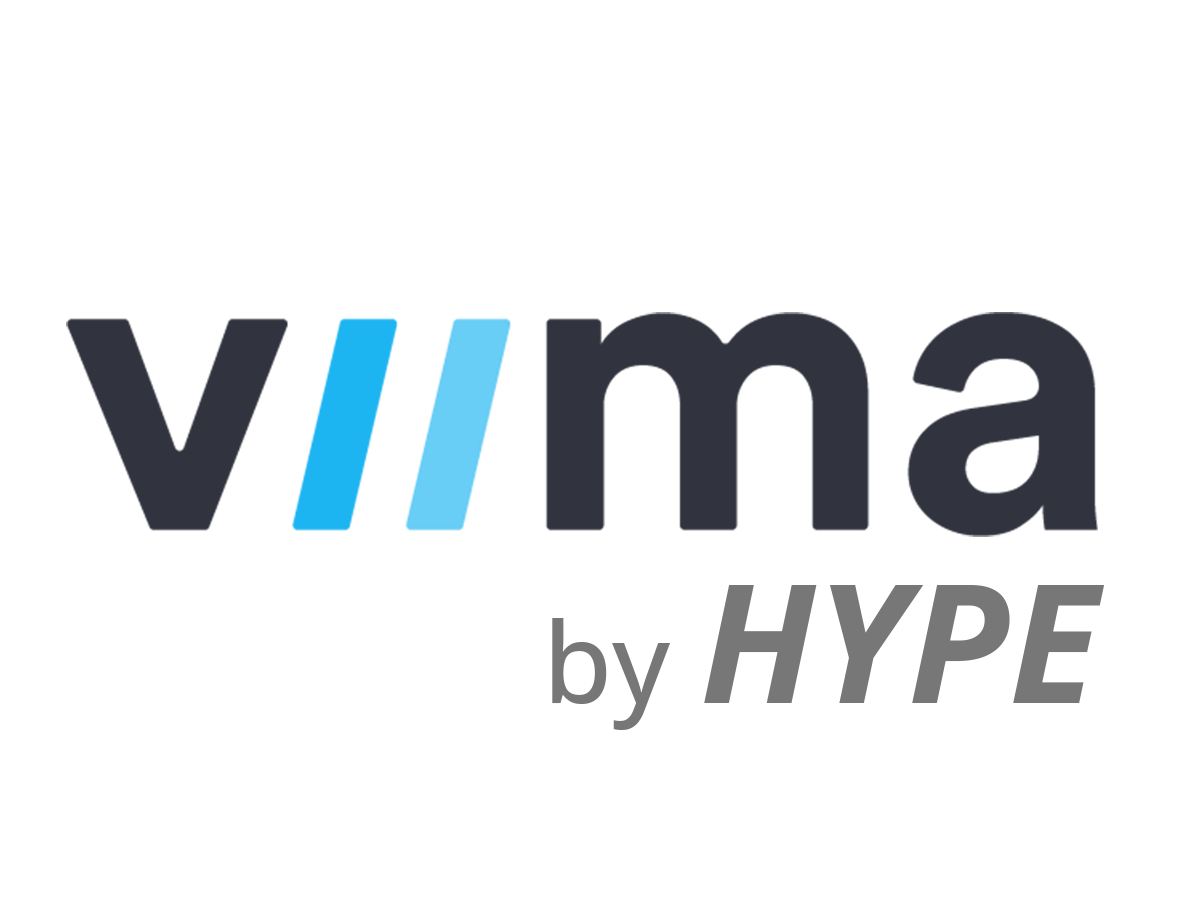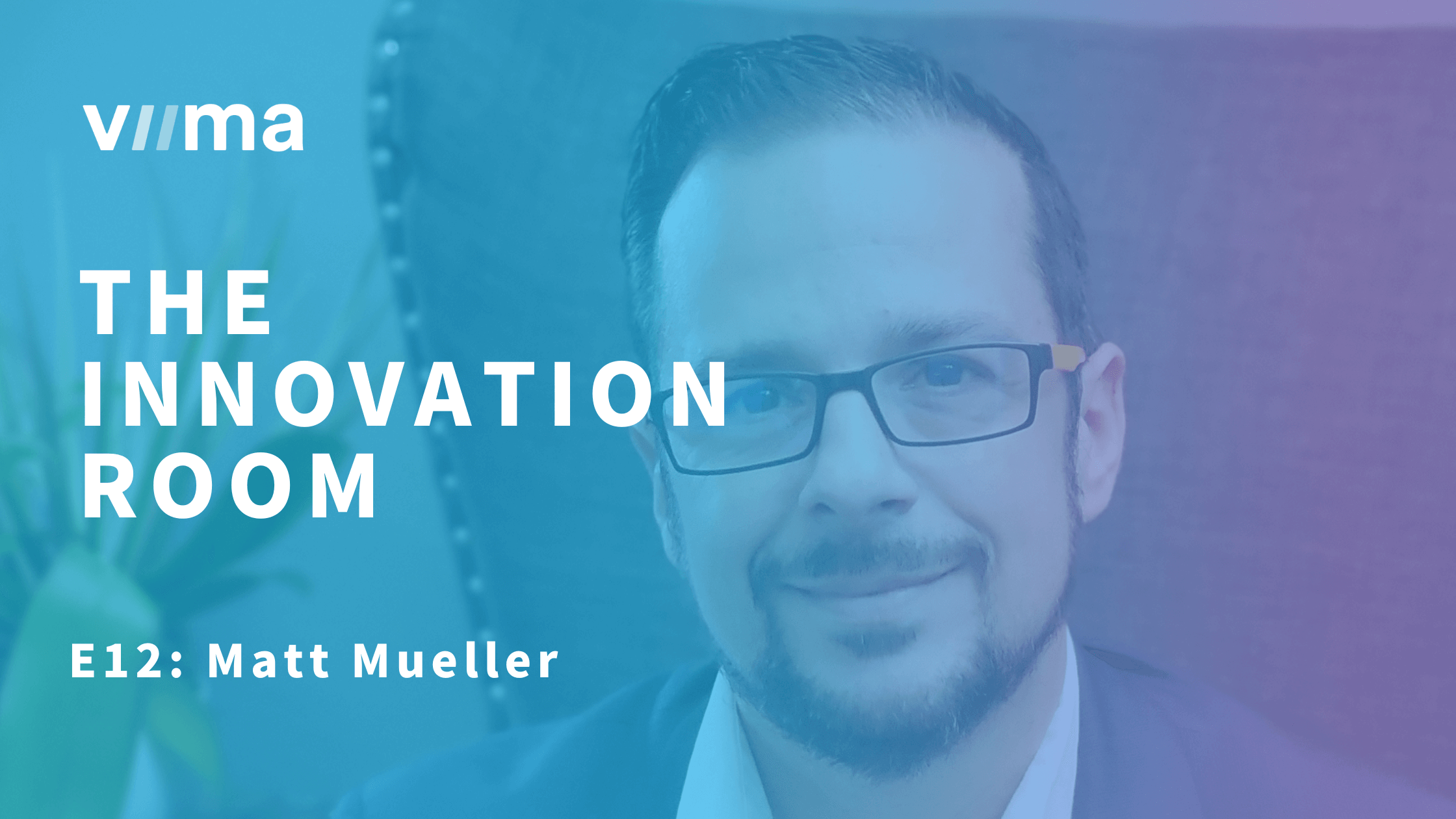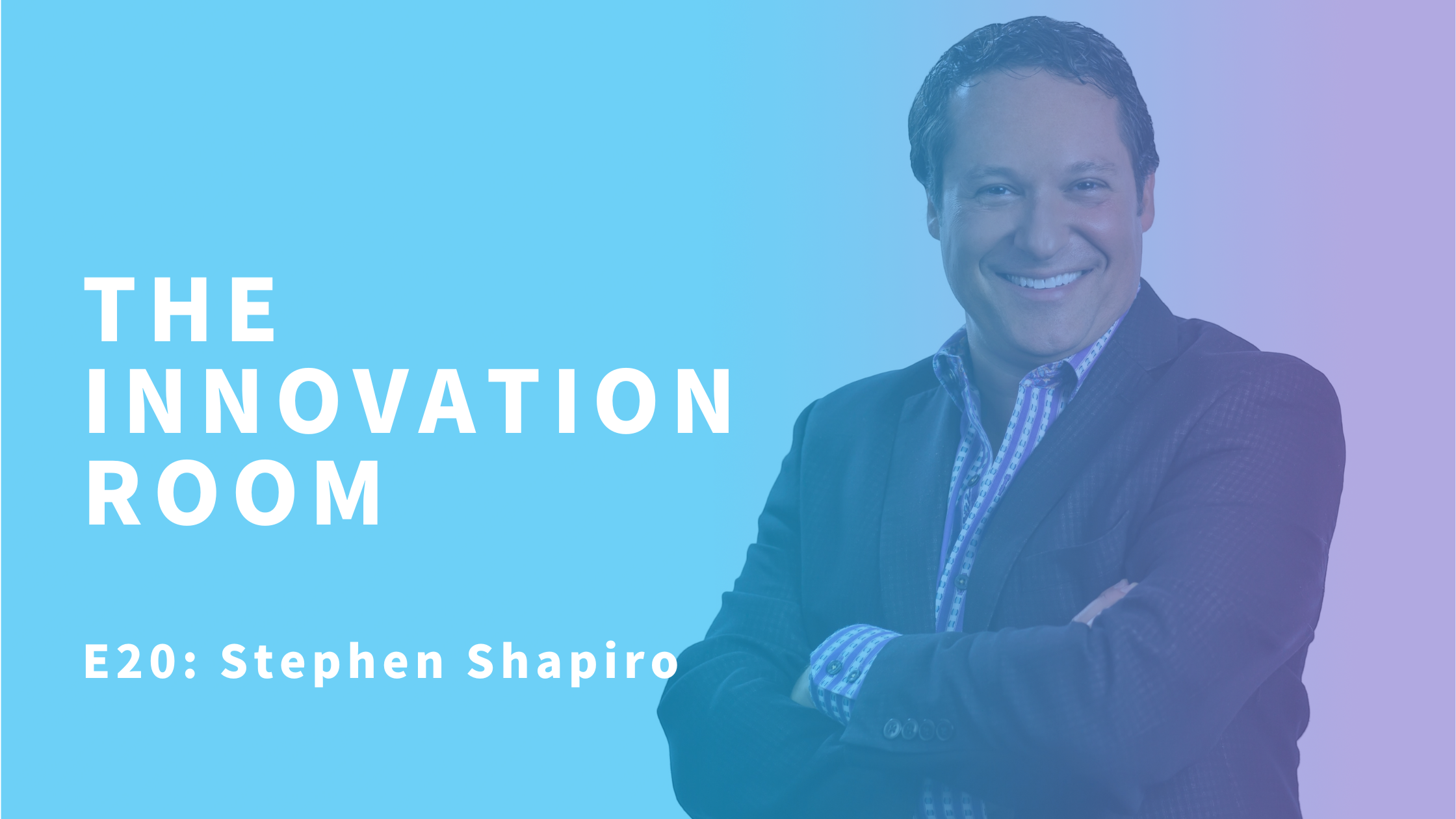The Four Lenses of Innovation with Rowan Gibson
Colin Nelson continues his discussions with esteemed innovation experts who have profoundly shaped the field through their work and publications. This time, he sat down to talk to none other than Rowan Gibson. Rowan Gibson is widely recognized as one of the world’s foremost thought leaders on business innovation.
Rowan is the bestselling author of 3 major books (Rethinking the Future, Innovation to the Core, The Four Lenses of Innovation). Currently, Rowan serves as the president of Imagination Bridge, a leading global consulting firm in the field of strategic innovation.
In this conversation, Colin and Rowan talk about how Rowan entered the innovation field, where his methodologies came from, the main challenges today’s innovators face, and the opportunities that lie ahead.
Colin joined the Innovation Room to tap into the knowledge of some of the brightest minds in innovation. Colin has worked in corporate innovation for over 20 years. Currently, he serves as Chief Innovation Consultant at HYPE Innovation.
Table of contents
Colin: I've known you for some time now, but one question I've never asked you is how did you find yourself in the innovation industry?
Rowan: I was impressed many years ago by a guru in the world of leadership, and that was Warren Bennis, he wrote a book called An Invented Life. The reason I'm bringing that up is because I feel like I invented this life, this is what I wanted to do.
I've always been involved and interested in creativity. I started my career in the advertising industry. However, I very quickly migrated towards strategy. From advertising to advertising strategy, then marketing strategy, and finally business strategy. Back then, a lot of my work revolved around the launch and development of innovative new products and services. For example, in the early 80s, I was involved in the launch of Philips Compact disc.
By the 90s, I went independent. That’s when I began working on my first book, which was called Rethinking the Future, which was about developing a future strategy that allows you to compete for the future, as Gary Hamel and CK Prahalad used to say. That led me into the whole innovation field where I’ve been ever since the early 90s. And here we are in 2024.
Colin: When people ask me about how I ended up in the innovation industry and why I work in it, I find the second question easier to answer than the first. And I always say, well, I'm in front of the bleeding edge in every industry. Where else would you want to be? Where else do you get to see things before they become available, change before it happens? It's just a fascinating space.
Let’s talk about Innovation to the Core. Where did your ideas and methodologies for the book come from?
Rowan: Going back to the first book, Rethinking the Future, what I did is I worked with some of the best-known gurus of the time. People like Warren Bennis, Gary Hamill, CK Prahalad, Philip Kotler, Charles Handy, John Nesbitt, all the greats of the day. And out of that came quite a deep collaboration with G. Hamill. He was involved then in thinking about innovation in enterprise capability. Up until that point companies have tended to think about innovation as a sort of a department. People sequestered into innovation units. Sometimes it was outside of the mothership. We had the famous story of Xerox Parc, Palo Alto Research Centre, where a lot of stuff was developed, but the mothership never leveraged and exploited those opportunities.
So, that was where we were, and Gary and I were working together, and we started talking about this whole issue of building an enterprise capability for innovation. Why can't innovation be like quality, supply chain management, or customer service? Why can't it be an enterprise capability? We saw Toyota and other Japanese manufacturing companies do this in the early days with quality. They took it from being a department with some quality inspectors in white coats, who are the only people responsible and accountable for quality and they were able to turn it into this thing that everyone was involved with across the entire company.
That was the birth of that question, could we do similar for innovation? It started as a management theory and over the years we've turned it into management science.

Standardizing Innovation
Colin: Indeed. And what we discovered was that the more diverse opinions we have in the innovation conversation, the more creative we are. Involving people who perhaps never would have thought of themselves as being part of innovation, people from the legal department, the finance groups, and the HR functions- they've all got a role to play. Making it everybody's job is still something a lot of organizations are striving for.
Earlier you referenced quality standards. Later this year, we have ISO standards coming out for innovation. Some people argue that you can't standardize innovation and that we shouldn't have standards. There are others who say that this gives us legitimacy, a framework to follow. Where do you stand regarding this topic?
Rowan: I've campaigned for ISO standards for innovation for years, it might be even decades.
My one claim to fame is that I came up with the term innovation excellence. I can remember the moment I noted that most companies are looking at operational excellence, but why can't we become operationally excellent at innovation, just as we're operationally excellent at quality or anything else?
The fact is, if you ask a leadership team or an executive committee of a company, how strategically important innovation is to the future of this organization, everyone's going to say that it's critical. More so than quality, more so than supply chain management, more so than any other thing, because that's where we're going to achieve growth. That's where we're going to get a competitive advantage. That's how we're going to drive disruption rather than be disrupted.
And yet companies still don't impose any form of global or world class standard of excellence. So, I set out years ago to create a model for achieving innovation excellence at a company. I'm still working with a lot of organizations too.
Challenging Orthodoxies
Colin: I agree with you; I believe standardization will help dramatically. It will particularly benefit organizations that haven't prioritized innovation in the past. Take service-oriented companies, for instance. Many of them do not have innovation in their DNA, yet they are now recognizing the potential of technology and considering their next steps.
Years back I saw you at a conference in Munich where you were talking about your, at that time new book, The Four Lenses of Innovation, which is my favorite one. The example you gave then got really stuck in my mind, which was about challenging orthodoxies. You asked the audience to tell you everything that's wrong with a paint can. You made the point that a paint can essentially is a terrible piece of design, and we can come up with a list of at least 20 problems associated with it. It was a good illustration of challenging conventional thinking and orthodoxies.
The reason it still percolates in my mind is because I'm seeing organizations that are being disrupted and they need to change their thinking, yet they are uncomfortable with challenging orthodoxies. I'm curious about your experience in helping leadership break free from that cycle. What strategies have you found effective?
Rowan: That's one of the reasons why I came up with The Four Lenses of Innovation. Those four lenses are four key perspectives that all innovation is built on. You could go back to the beginning of time, to the ancient Egyptians, Natufian communities - anybody that's ever innovated, whether it’s the irrigation system around the Nile, inventing cuneiform writing, or the wheel. You can examine any example of innovation right up to today and it will be built on one or more of those lenses.
- The first lens is challenging orthodoxy, being contrarian. If everyone is zigging, why don't we zag? Asking what if, why not, and similar questions.
- The second lens is called harnessing trends. There's always change going on in the world, and the innovators grab and harness that change. Shakespeare once wrote there is a tide in the affairs of men, which, taken at the flood, leads on to fortune. What I read into that is "get out your surfboard, surf those trends at the tide and it leads on to fortune". And if you don't, it might turn into a tsunami that will wash you away as company, as we saw with Kodak or Blockbuster.
- The third lens is called leveraging resources in new ways. It’s seeing every organization as a set of core competencies and strategic assets and trying to figure out how we could redeploy those resources to build new opportunities. Or how could we leverage external competencies and assets from other organizations either by partnering or licensing technology or buying the company.
- The fourth lens is the Holy Grail of understanding unmet, unarticulated customer needs and then designing solutions for those needs.
Returning to your question about challenging orthodoxies, the problem with some companies is that they use a couple of those lenses well. So, they tend to look at trends, they tend to look at customer insights. However, they're not so good at leveraging resources in new ways. But challenging orthodoxies tends to be the most difficult thing to do.
What I do is I get a company to systematically list its orthodoxies, its assumptions: which customer groups and which markets they are or should be serving, and what they are providing. They list their assumptions around their products and services, how they provide those things, how they go to market, develop solutions, make money and finally, how they differentiate. Once the company lists them, then I ask what if we reverse those assumptions? What new opportunities would arise? So, we challenge orthodoxies across the entire business model.
It's quite easy to get people to challenge the orthodoxies in the first place. It's akin to bringing people to the edge of the diving board at the top level. They acknowledge the need to challenge the status quo, but actually taking the leap – that requires courage from the organization to follow through.

Colin: I'm reminded of an organization I worked with, Stora Enso, a pulp and paper company. They looked at their business and saw that paper production would drop to around 40% of peak levels. There was nothing they could do about that; it was a trend. So, they needed to start thinking about how they can leverage their assets, one of the four lenses, in order to do something very different.
They hired people from Dow Chemical and BASF and set up a separate operation, biomaterial business as their organization's future. And then they leaned out of their traditional business to maximize their operations. I think that's a good illustration of an organization well prepared to ask itself tougher questions and make adventurous decisions.
Rowan: What often happens is some great threat comes along. I remember having the same conversation 15 years ago with the executive committee of United Paper Mills (UPM). I told them that with smartphones and desktop computers, we are not going to be buying as many physical newspapers and magazines anymore; all of the media is moving to digital space. You need to start thinking outside of paper. And just like Stora Enso, they did the same thing.
However, there's an interesting twist to the story. All the paper companies were forced to rethink the future and challenge their orthodoxies. All of them began to diversify into other paper-based products, like packaging or labeling.
UPM challenged the orthodoxy that they needed to move away from paper entirely. It's an interesting twist because now Stora Enso is suggesting that perhaps they moved away from a traditional paper business too much, while UPM stuck with some of their original paper products. Surprisingly, UPM is performing better in that area. So, there are nuances to consider in situations like these.
Human beings don't usually act until there's some motivation. In my experience, the motivation is either positive or negative.
A positive motivation is recognizing a great new opportunity and pursuing it. The negative one is believing that if we don't act, we'll fail. From my experience, I've found that positive factors are not as motivating as the negative ones, unfortunately. When you can see the tsunami coming, that's when the threat becomes real, even if it’s relatively late or even too late. But it's at this point when companies are galvanized into action.
Colin: It's a shame that we can't incorporate that positive thinking, positive motivation more regularly into organizations, to motivate them continually reinvent themselves.
Rowan: That's exactly what I'm trying to do. If we could imbed innovation as an enterprise capability, and part of that is using the four lenses, then you could continually, systematically, and proactively challenge your orthodoxies. It would help look for and harness trends, waging resources in new ways, and continually designing solutions based on customer needs.
Challenges for Innovators Today
Colin: I agree, that is certainly something that I push for my clients too. But let's take a slight sidestep. I'm very interested in your perspective on the key challenges for innovators today. Innovation has moved quite a long way since you and I started in the industry and where it stands today. Especially now, with technological changes, I think none of us would have anticipated the number of disruptions that we've been through in the last 15 years.
Rowan: I think there’s a bunch of challenges that have been around for a while. As you said, things coming along become new challenges. We've always had leaders who have different priorities. Although they preach innovation, they don't walk the talk by allocating the proper resources, like money, people, and time to innovation.
Look at certain regions of the world, for example, North America, and the economy there. There's a lot of quarter-to-quarter, short-term thinking, and we both know innovation must be mid- to long-term, especially the big strategic stuff. Of course, we have to think short-term sometimes and COVID taught us that. But you have to turn things around very, very quickly. However, there's that kind of lack of leadership commitment that continues to be a big issue.
I would say that another thing that is becoming more important today is the ability to show innovation success. And that I think comes full circle to the earlier topic of ISO. If you can't measure quality levels, how can you possibly achieve quality excellence?
The same goes for innovation. We have to measure not only the outputs of innovation but also the inputs and the throughputs.
For example, inputs to innovation are the percentage of people that are engaged in innovation, the percentage of the capital budget that we're devoting to truly innovative, strategic projects that are going to be game changers. Then the throughputs can be measuring how fast ideas are making their way through the pipeline. Are we too stringent with our stage gate process? Are we killing off ideas prematurely? Can we put metrics in place?
In every single innovation masterclass, I ask my participants from large organizations across the globe whether they have metrics for innovation. They all say that no, they don’t have any serious metrics. I think that is becoming more and more challenging because there's more pressure on the innovators to show results. And there's no way that they can get to those results unless they put those input and throughput metrics in place.
The third challenge I would like to add, is the desire to do everything quickly and simply. Everything is now turning to be a three-day sprint or a design thinking workshop day. Press the green button and it'll do everything for you, especially now with AI coming along. People are thinking why we don't just ask ChatGPT to do the innovation for us?
There's a new generation coming along, and that generation has grown up with quick and easy apps and buttons, quick ways of doing things. Do they really want to spend their time doing things robustly, thoroughly and rigorously? Like spending three months on a strategic innovation project to secure the company's future rather than doing everything quickly, easily, and cheaply in one or two days, hoping they save the world.
New Opportunities
Colin: I've seen many times, a shortcut is attractive, especially when innovation isn't given the respect, resources and capacity it needs to be done properly in certain organizations.
I want to return to something you mentioned earlier, which is interesting about KPIs and metrics.
I've had this ongoing frustration, that organizations don't measure the cost of doing nothing. But we all know that if you don't keep on developing what you do, eventually your revenues, your profits, will drop as markets will become more competitive, you'll get disrupted. We’ve seen it happen before, so it’s not difficult to predict it. Earlier you mentioned Phillips CD. It wasn't something that lasted forever, there comes a point where a solution starts to decline. There is a cost of standing still. And if we have that cost measured, then it makes it much easier to justify an investment in the future and protect the organization.
I think you're right. Things like ISO will help mature some of those areas of the conversation. It will help innovators find a meaningful way to communicate the financial aspects of their portfolio to leaders who did not study innovation during their MBA classes.
One final question is where do you think the big opportunities are for innovators? I think this is an exciting time. I'm seeing new industries putting more energy into innovation. We have this ongoing acceleration of technological innovation. We have tools like AI that make certain things easier than they were before. Where do you think the excitement will come from over the next five years or decade?
Rowan: I call it digital destiny where every single industry on Earth has a digital destiny in some way or form.

You must rethink the future before it rethinks you. Developing a future strategy is essential before external forces compel change. Digitals—whether AI, robotics, self-flying drones, or autonomous cars—will continue to play a significant role. Every industry, including innovation consulting, has a digital destiny. That’s why we’ve created an innovation platform, digitizing everything and enabling AI. Companies can equip themselves with this platform for innovation excellence.
So, the excitement lies in uncovering the digital destiny of specific industries and individual companies. How do we embrace it? How do we win the race toward the future? How do we embrace that destiny before the impending tsunami threatens us with obsolescence or extinction?
Learn more about Rowan's work at Imagination Bridge.
Connect with Colin and learn more about Hype Innovation consultants here.
You can listen to The Innovation Room Podcast on Apple Podcasts, Spotify, and YouTube.
Join the 100k+ innovators reading our blog!



.png?width=50&height=50&name=Untitled%20design%20(1).png)


.png)
